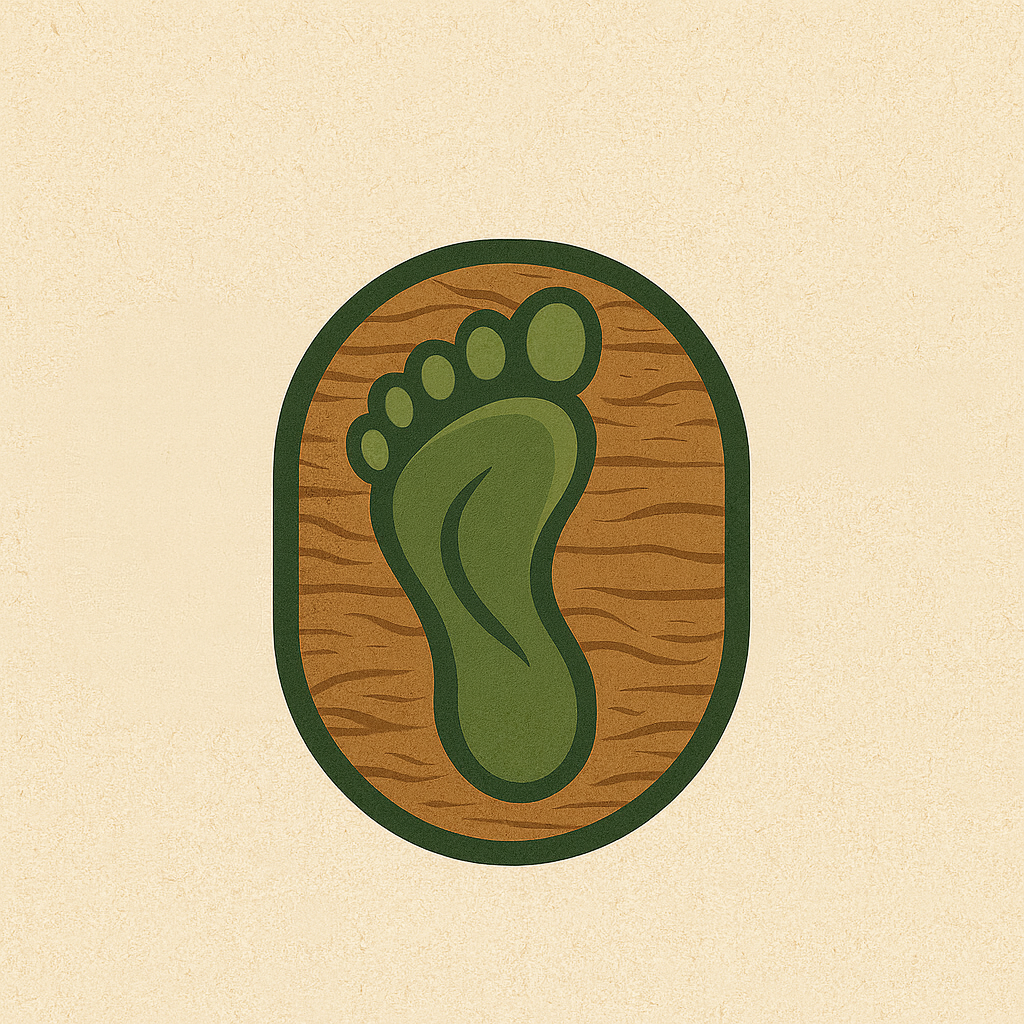New to barefoot shoes? Learn how to transition safely, strengthen your feet, and find the best beginner barefoot shoes in this complete starter guide
.
👣 What Are Barefoot Shoes?
Barefoot shoes are minimalist shoes designed to mimic the feeling of walking barefoot while still offering protection from modern surfaces. They typically feature:
- Zero drop: flat sole from heel to toe
- Wide toe box: so your toes can spread naturally
- Thin, flexible soles: for better ground feel and movement
They’re built to reconnect your body with the ground and promote natural, pain-free movement.
New to this concept? Read our What Are Barefoot Shoes? Guide
🚦 Should You Switch to Barefoot Shoes?
Maybe. If you’re experiencing discomfort in traditional shoes, dealing with poor posture, or looking to prevent injuries while walking or running — barefoot shoes might help.
🔥 Benefits of Barefoot Shoes:
- Improved foot strength and flexibility
- Better posture and balance
- Enhanced ground feel and proprioception
- Fewer injuries from overbuilt shoes
But they’re not a quick fix — and switching too fast can cause problems.
🐢 Rule #1: Transition Slowly
Your feet have likely spent years in padded, narrow, and supportive shoes. Barefoot shoes reawaken muscles and tendons that haven’t worked properly in years.
📉 What happens if you rush?
- Calf pain
- Plantar fasciitis
- Shin splints
✅ Transition Tips:
- Start with short barefoot walks (5–10 minutes)
- Do daily foot-strengthening exercises
- Increase activity gradually over several weeks
Many people injure themselves by doing too much, too soon. Slow is smooth, and smooth is fast.
👟 What Shoes Should I Start With?
Look for:
- ✅ Zero drop (flat from heel to toe)
- ✅ Flexible sole (bend it easily)
- ✅ Wide toe box (room for toes to spread)
🏆 Top 3 Beginner Barefoot Shoes:
- Vivobarefoot Primus Lite III – lightweight, flexible, and durable
- Xero Shoes HFS – great grip and balance of comfort and feel
- Saguaro Barefoot Shoes – budget-friendly and surprisingly capable
💪 Foot Strengthening for Beginners
Before going full barefoot, build strength with these exercises:
- Toe splay: Spread toes wide, hold 5 seconds, repeat x10
- Calf raises: Stand tall, raise heels slowly, lower with control
- Single-leg balance: Stand on one foot for 30 seconds (progress with eyes closed)
Do these daily for at least two weeks before increasing barefoot time.
🏃♀️ Barefoot Running for Beginners
Running barefoot is not the same as running in cushioned shoes.
🏁 How to start running barefoot:
- Run only 200–400m at first
- Use soft surfaces like grass or trails
- Focus on short, quick steps and silent landings
- Take rest days between runs
Join our free 5-day barefoot running course to get started right.
🙋♀️ Common Beginner Questions
Will barefoot shoes hurt at first?
Your feet might ache as unused muscles wake up. Sharp or lasting pain? Stop and recover.
Can I wear barefoot shoes all day?
Eventually, yes. But start by wearing them for short periods each day.
Do I need special socks?
Not usually. Some models (like Vibrams) need toe socks, but most don’t.
Are barefoot shoes good for walking?
Yes — especially once you’ve transitioned slowly and built strength.
✅ Quick Start Checklist
✔️ Walk barefoot 5–10 mins a day to start
✔️ Do strength exercises daily for 2–3 weeks
✔️ Choose shoes with zero drop and wide toe boxes
✔️ Don’t rush the transition — build gradually
🗓️ Transition Timeline (Infographic)
See our Barefoot Transition Plan Infographic for a week-by-week guide on how to move from traditional shoes to minimalist footwear safely.
Ready to Get Started?
👉 Shop beginner barefoot shoes
👉 Take the barefoot running email course
👉 Browse all barefoot shoe reviews
Related Guides
Barefoot Shoe Review is reader-supported. Some links may earn commission at no cost to you. We only recommend products we’ve tested and trust.
